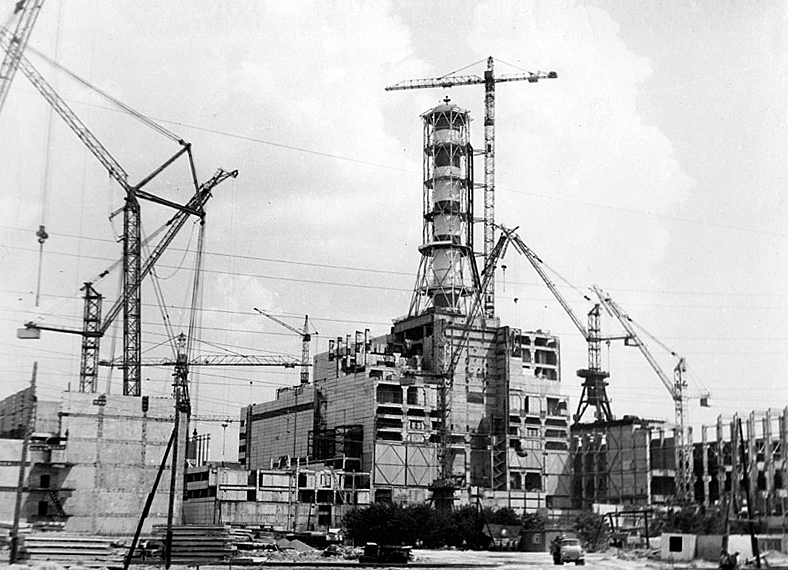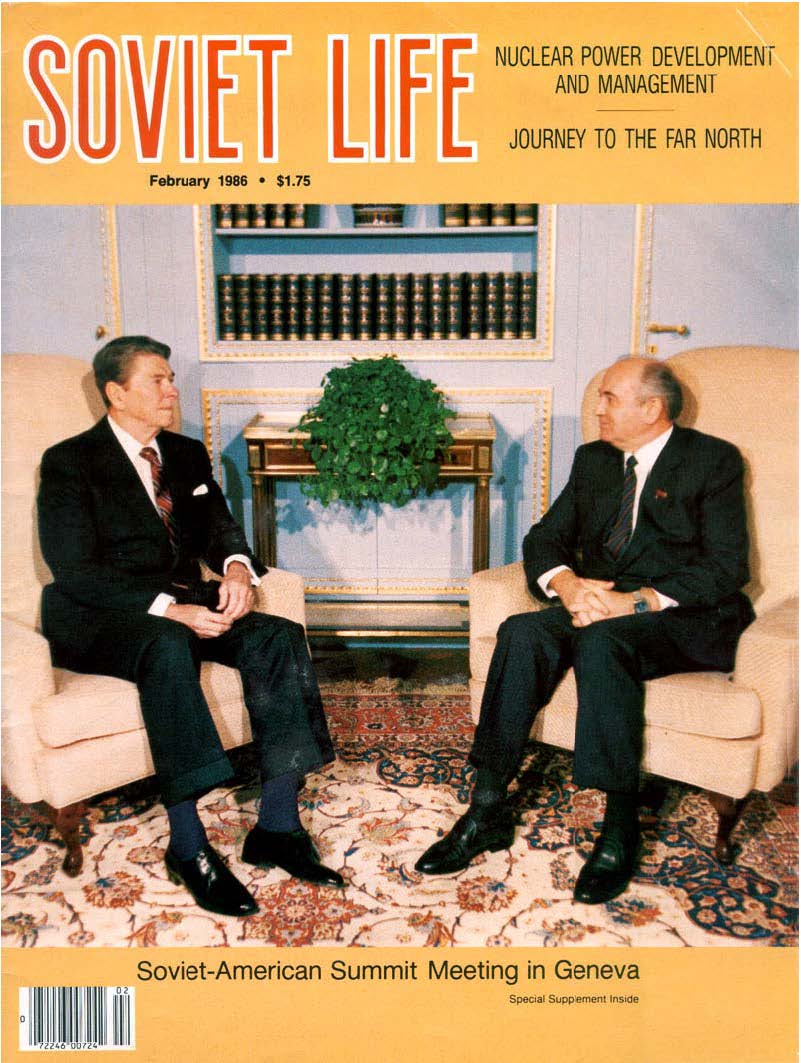
1972
In 1972 there was a discussion in Kiev about the type of nuclear plant
to be built at Chernobyl. Chernobyl's director, Bryukhanov, supported construction
of Pressurized Water Reactors (PWRs). He informed the Ukraine Minister
of Energy, Aleksei Makukhin, that an RBMK releases forty times more radiation
than a PWR. However, the scientist Alekzandrov opposed this, saying that
the RBMK-1000 was not only the safest reactor, it produced the cheapest
electricity as well. For this reason it was decided to build the RBMK pressure
tube reactors.
1979
Febr-March: according to data in the possession of the KGB,
design deviations and violations of construction and assembly technology
are occurring at various places in the construction of the 2nd generating
unit, and these could lead to mishaps and accidents. Similar report on
Unit 1. (both units are in operation, at the time)

1983
December - The construction of Unit 4 at Chernobyl was completed
by December 1983. On 21 December a press report was released which stated
that the previous day the nuclear power plant had become operational. This
news was reported by the media on 22 December, a festive day for workers
in the energy industry. In the Soviet Union it is customary for all sections
of public employment to have their own special day, when they receive public
acclaim for their work and are given extra bonuses. [...read
more]
1984
In April 2003, secret KGB documents released in Ukraine show that there
were problems with the Chernobyl nuclear plant. One 1984 document notes
deficiencies in the third and fourth block, and also of poor quality of
some equipment sent from Yugoslav companies.
1985
April - The Minister of Energy, Anatoly Mayorets, decreed that
information on any adverse effects caused by the functioning of the energy
industry on employees, inhabitants and environment, were not suitable for
publication by newspapers, radio or television. On 18 July 1986, shortly
after the Chernobyl accident, this same minister forbade his civil servants
from telling the truth about Chernobyl to the media.

1986
February - Vitali Sklyarov, Minister of Power and Electrification
of Ukraine, in reference to the nuclear reactors in Ukraine, is quoted in Soviet
Life magazine as saying: 'The odds of a meltdown are one in 10,000 years.'
27 March - Literaturna Ukraina (Ukrainian Literature)
publishes an article written by Ms Lyubov Kovalevska (believed to be a
senior manager at Chernobyl NPPP) in which she writes that substandard
construction, workmanship and concrete, along with thefts and bureaucratic
incompetence are creating a time bomb 'The failures here will be repaid,
repaid over the decades to come.'